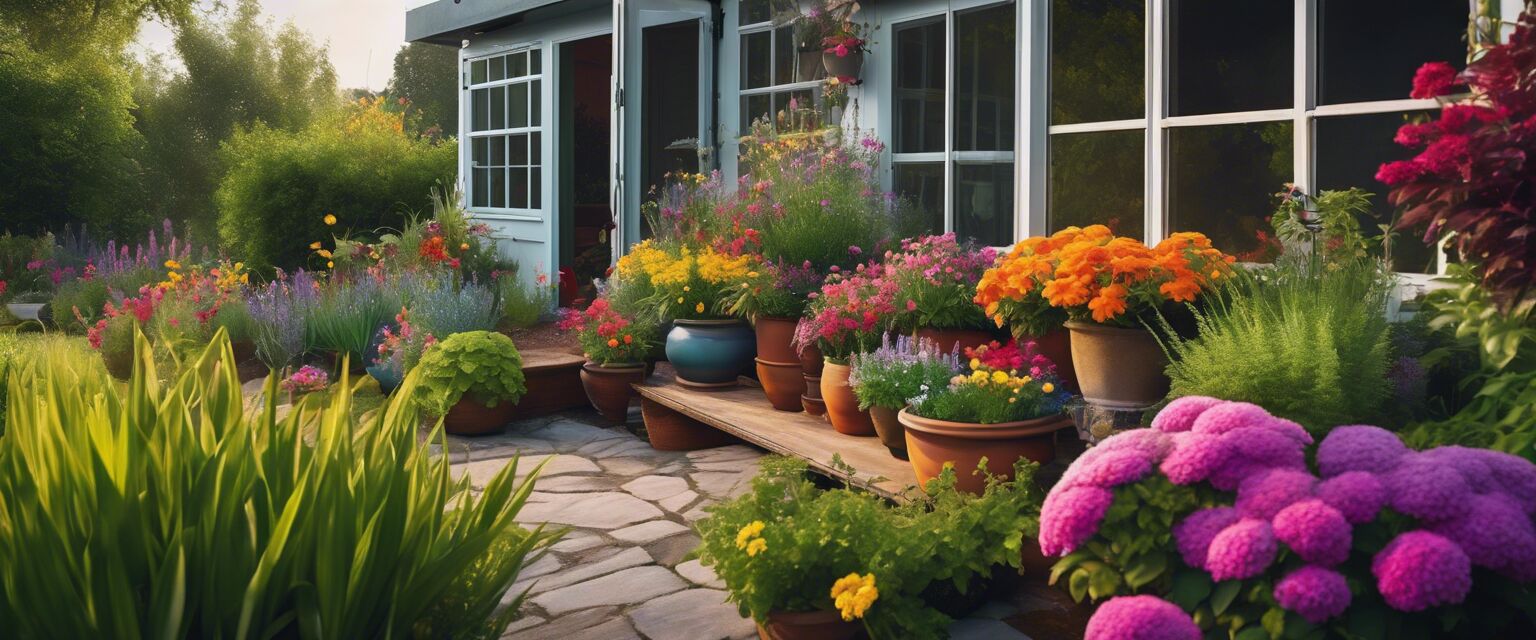
Plant Disease & Pest Control
Key Takeaways
- Identifying plant diseases early can prevent widespread damage.
- Effective pest control strategies are essential for a thriving garden.
- Natural remedies often provide a safe alternative to chemical treatments.
- Regular garden maintenance helps reduce the risk of disease and pest infestations.
As a gardener, understanding how to identify and manage plant diseases and pests is crucial for maintaining a healthy and productive garden. In this guide, we'll explore common plant diseases, pest management techniques, and various solutions to keep your garden flourishing.
Common Plant Diseases
Plant diseases can be caused by fungi, bacteria, viruses, or environmental factors. Recognizing the symptoms early can save your plants from significant damage.
| Disease | Symptoms | Prevention |
|---|---|---|
| Powdery Mildew | White powdery spots on leaves | Ensure good air circulation and avoid overhead watering |
| Root Rot | Wilting, yellowing leaves, and mushy roots | Avoid overwatering and use well-draining soil |
| Leaf Spot | Dark spots on leaves, often surrounded by yellow | Water at the base of plants and remove affected leaves |
Identifying Plant Diseases
To effectively manage plant diseases, it's important to know how to identify them. Look for:
- Discoloration of leaves
- Unusual growth patterns
- Wilting or stunted growth
- Visible mold or fungus

Pest Management Techniques
Pests can wreak havoc on your garden, but there are numerous strategies you can use to manage them effectively.
| Pest | Symptoms | Control Method |
|---|---|---|
| Aphids | Leaves curling, sticky residue | Introduce ladybugs or use insecticidal soap |
| Spider Mites | Webbing on leaves, stippled appearance | Increase humidity and use miticides if necessary |
| Japanese Beetles | Skeletonized leaves | Hand-pick beetles or use traps |
Natural Pest Control Solutions
Many gardeners prefer natural solutions to chemical pesticides. Here are some effective options:
- Neem Oil: A natural pesticide derived from the seeds of the neem tree.
- Insecticidal Soap: Effective against soft-bodied insects like aphids.
- Companion Planting: Planting certain species together can deter pests.
- Essential Oils: Oils like peppermint and lavender can repel insects.

Maintaining a Healthy Garden
Regular maintenance is key to preventing diseases and pests in your garden. Here are some effective practices:
- Rotate crops each season to prevent soil-borne diseases.
- Keep the garden free of debris and dead plants.
- Ensure proper spacing between plants for airflow.
- Water early in the day to prevent fungal growth.
Tips for Beginners
- Start with disease-resistant plant varieties.
- Learn about the common pests in your area.
- Keep a garden journal to track your plants' health.
- Educate yourself on organic gardening practices.
Conclusion
Managing plant diseases and pests is an essential part of gardening that ensures healthy plants and a productive garden. By being proactive and utilizing both natural and mechanical methods, you can create a thriving environment for your plants.
Pros
- Improved plant health and yield
- Reduced risk of disease spread
- Environmentally friendly options available
Cons
- Time-consuming to monitor plants regularly
- Some solutions may require multiple applications
- Identifying diseases and pests can be challenging








